
How to have a successful art collaboration?


In the art world, where expressing yourself individually often takes the spotlight, the idea of working together might seem like an unusual path. But it’s a creative journey that can change the way artists see their work and, more importantly, the amazing results it can bring.
Some of the most famous artists in history have teamed up and seen their horizons expand like never before.One such example is of the famous sculptor Louise Bourgeois and contemporary artist Tracey Emin who worked together on many projects. Their art often explored ideas about being a woman and what it means to be human.
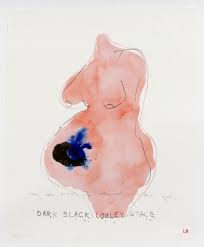
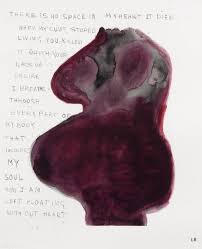
Another example is of Cindy Sherman and Laurie Simmons two well-known photographers. They collaborated on a project titled “The Love Doll” in the late 1970s, exploring themes of identity, gender, and societal expectations..

Collaboration has a deep ability to breathe new life into an artist’s work, breaking boundaries and redefining limits. For artists who usually work alone, it’s a great chance to step out of their comfort zone and explore new areas. By sharing ideas, skills, and experiences, artists can tap into a world of inspiration they might not have found otherwise.
In this blog, we’ll discover the best practices for a successful art collaboration and explore how it can be a game-changer for those who usually work alone. So let’s begin,
How to have successfully collabrate with other artists?
If you’re an artist looking to work with others who have unique ideas that can make your art even better, you might wonder where to find them. You might also think about how your art can fit together with theirs and what you want to learn from working together.
There’s no single right way to find these partners, but there are some helpful ways to find talented artists who can inspire and improve your work.
Why Collaborate? Think about what you want when working with an artist and what you hope to achieve together
The first step is to take a moment to reflect on what you truly want to achieve by working with another artist. Perhaps you’re seeking fresh inspiration, hoping to tap into a new audience, or aiming to infuse your work with a different perspective. These needs will serve as the foundation of your collaboration.
Research Your Audience: Find out who the people you want to reach are following online.
Once you’ve clarified your needs, it’s time to identify your specific objectives. What are the tangible outcomes you hope to attain through this partnership? These objectives could range from expanding your reach and influence to creating one-of-a-kind artworks that captivate your audience. By outlining your goals, you provide a clear roadmap for your collaborative journey.
Shared Values: Look for an artist who believes in the same things you do.
When considering a collaboration with another artist, it’s vital to think about shared values. This means finding an artist who believes in the same things you do. These shared values serve as a strong foundation for a successful partnership. When both you and your collaborator share common beliefs and principles, it becomes easier to work together towards a common goal. This alignment not only enhances the creative process but also helps in conveying a unified message through your art.
Support emerging Artists: Team up with independent artists who may not be famous but still have their own dedicated fans.
After considering shared values, another valuable aspect to explore is supporting small artists. Collaborating with independent artists who might not be widely known but have their own dedicated following can be immensely rewarding. These artists often bring fresh and unique perspectives to the table, enriching your collaborative efforts. Additionally, supporting smaller creators can help build a sense of community within the artistic world, fostering mutual growth and appreciation.
Balance Differences: Be different from the artist, but not too much. This way, people notice the change and appreciate the new and creative things you both bring
Lastly, while collaborating, it’s essential to find the right balance between your differences and similarities. Being distinct from your collaborating artist is important to bring variety and innovation to your work. However, it’s equally crucial not to be too different.
Striking this balance allows your audience to recognize the change and appreciate the new and creative elements both of you bring to the collaborative projects, making them more engaging and impactful.
How working in collaboration can be a game-changer?
When artists from different backgrounds team up, amazing things happen. One such example is of Charuka Arora, the founder of ATH, and her team up with Danielle Krysa, also known as The Jealous Curator, as the guest curator. Together, they created something truly extraordinary – the Studio Visit Book Vol 1.
Inside this book, you’ll go on a captivating visual journey through the lives of more than 35 talented women artists from around the world. You can know their incredible stories and learn about the magic they weave through their art.
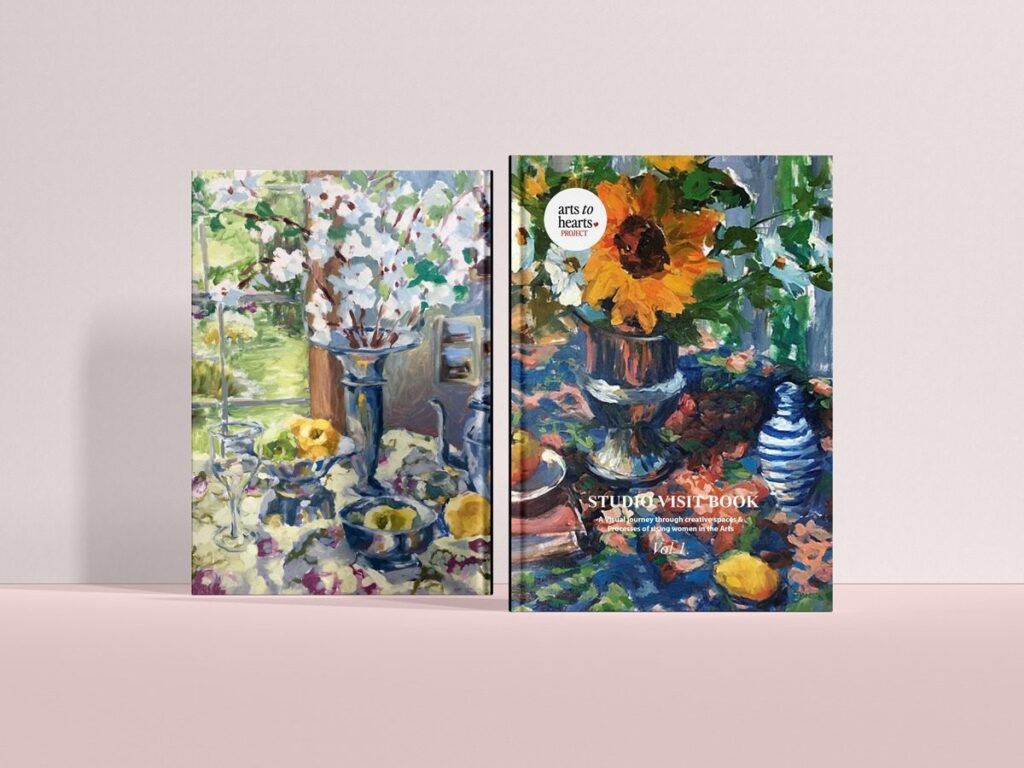
If you’re interested in discovering more about some amazing collaborations and the incredible impact they have, don’t forget to check out our article Exploring The Power Of Collaborations: Examples Of 5 Women Artist Collaborations. In this article, you can delve deeper into the stories behind these collaborations and learn about the remarkable things they bring to the world of art.
Now, let’s explore why collaboration is a game-changer:
Boosts your creativity:
Collaborating with artists from diverse fields sparks fresh ideas and encourages thinking outside the box. Trying out new mediums or techniques can lead to exciting creative breakthroughs.
Expands your working abilities
Working on cross-disciplinary projects pushes you to explore areas beyond your expertise. For instance, a painter collaborating with a dancer might discover innovative ways to express movement through brushwork.
Access to a variety of skills:
Each artist brings their unique skills and techniques to the mix. When you combine these different abilities, it enriches the artwork, making it more complex and interesting.
Builds a supportive community:
Collaboration creates a sense of togetherness and support among artists. When you work towards a shared goal, it strengthens bonds and creates lasting connections with fellow creators.
Increases your impact and reach:
Collaborative projects tend to attract a wider audience, bringing together fans and followers from various fields. This broadens the potential impact and exposure of your art, reaching more people.
Cross-disciplinary collaboration isn’t just about making art; it’s about expanding your creative horizons, connecting with others, and making a bigger impact with your work.
In the world of art, collaboration isn’t just a partnership; it’s a pathway to innovation. When artists come together, they create works that are not only thoughtful but also thought-provoking. By working constructively on their passions and setting the stage with respect and organization, these collaborations lead to the birth of exploratory and meaningful art that inspires both creators and their audiences.
So, whether you’re an established artist or just beginning your creative journey, remember that collaboration is a powerful tool waiting to unlock new horizons of possibilities. Embrace it, nurture it, and let it guide you towards a future filled with innovative and inspiring art.
Time to get started..
At Arts to Hearts, we believe in the power of artists working together to create amazing things. That’s why we’ve launched our Arts to hearts directory. It’s a place where artists, podcasters and collectors like you can team up with others to bring your creative ideas to life. You can connect, share thoughts, and work on exciting projects together with people who love art just as much as you do.

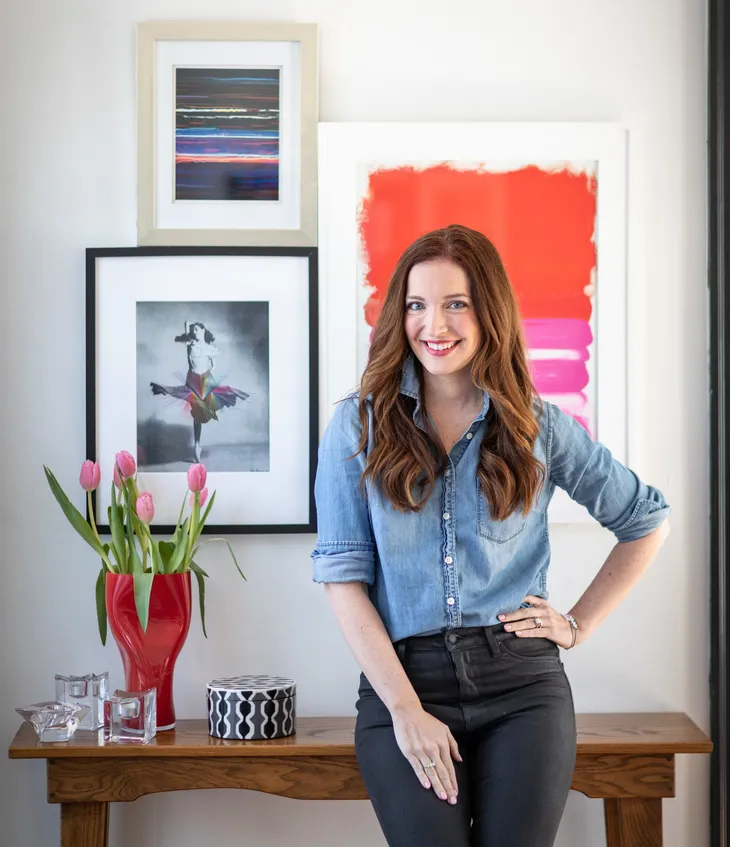
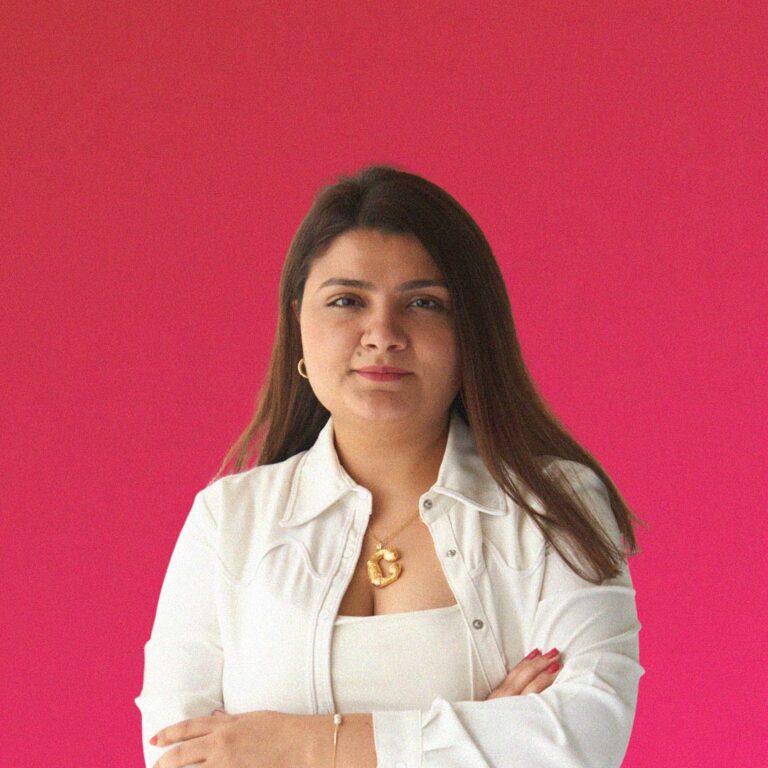
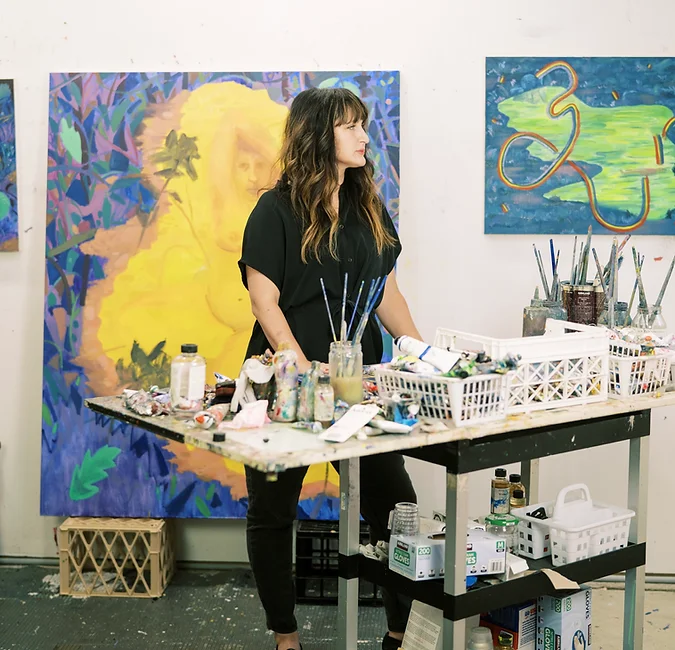
Click on the image and join us in building a community where collaboration and artistic expression thrive through our Arts to hearts directory.
Check out similar articles







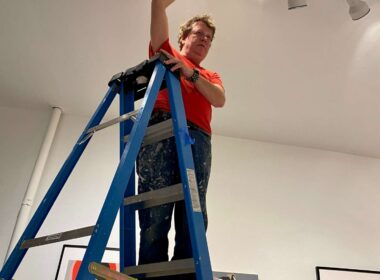



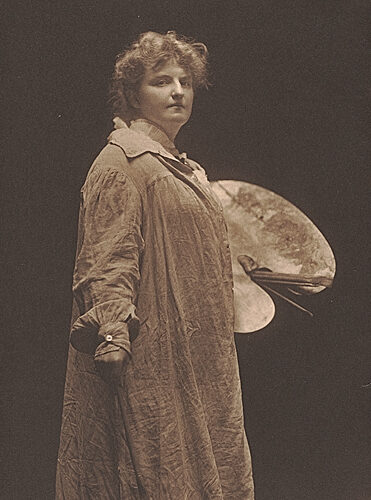

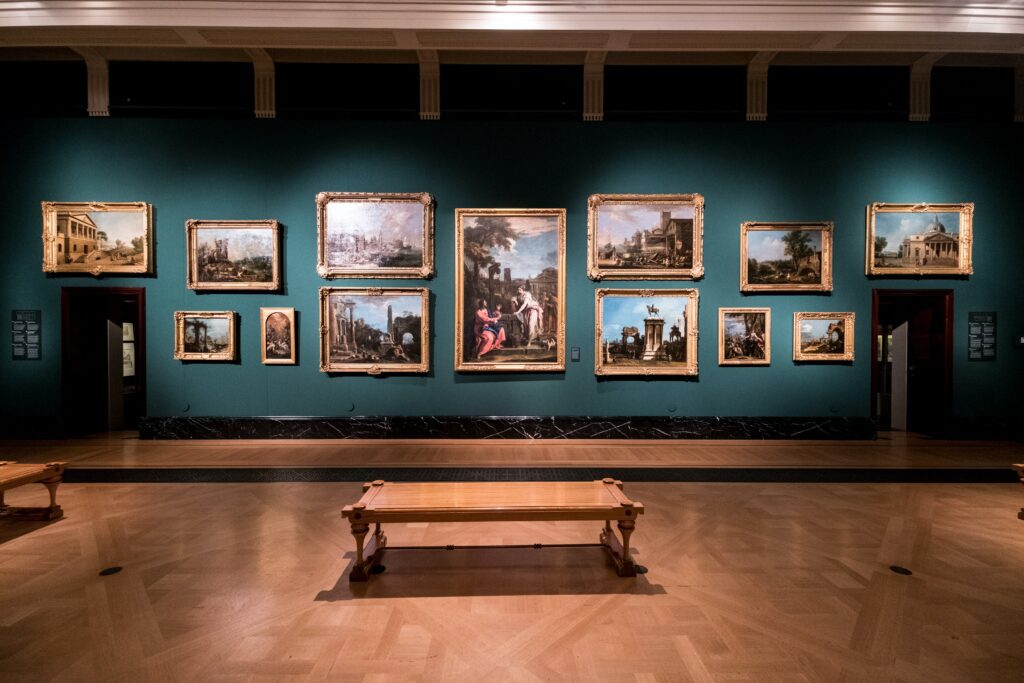

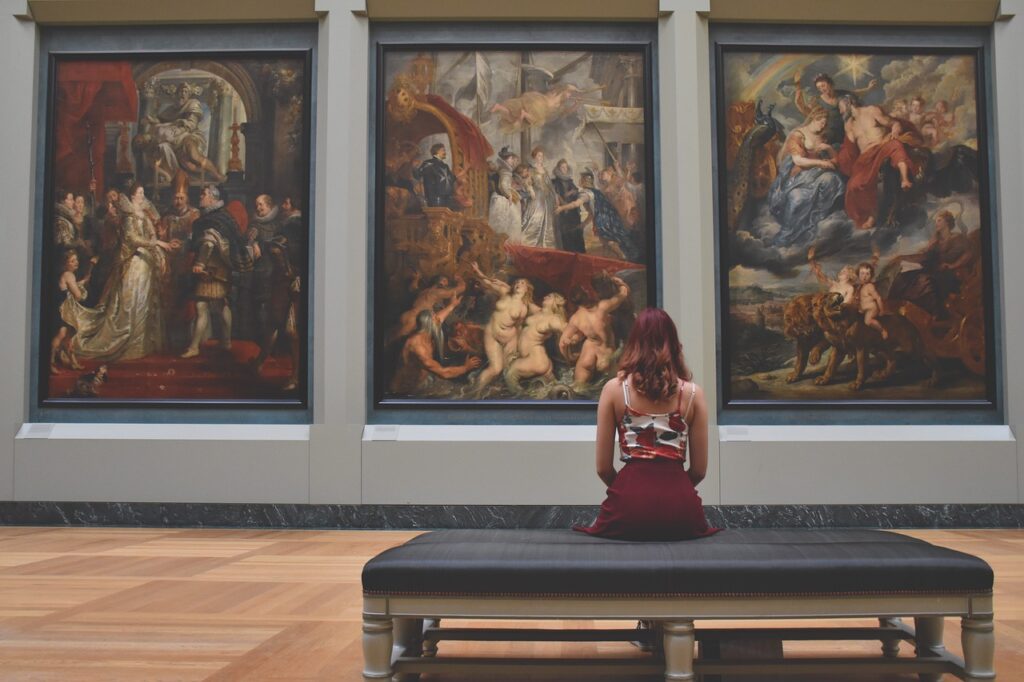
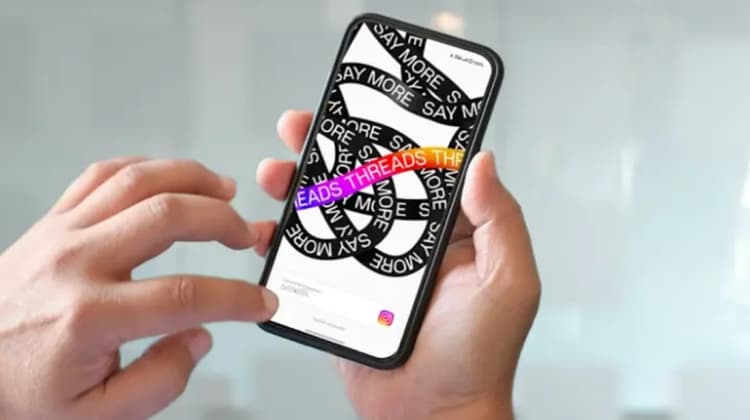
Comments 5